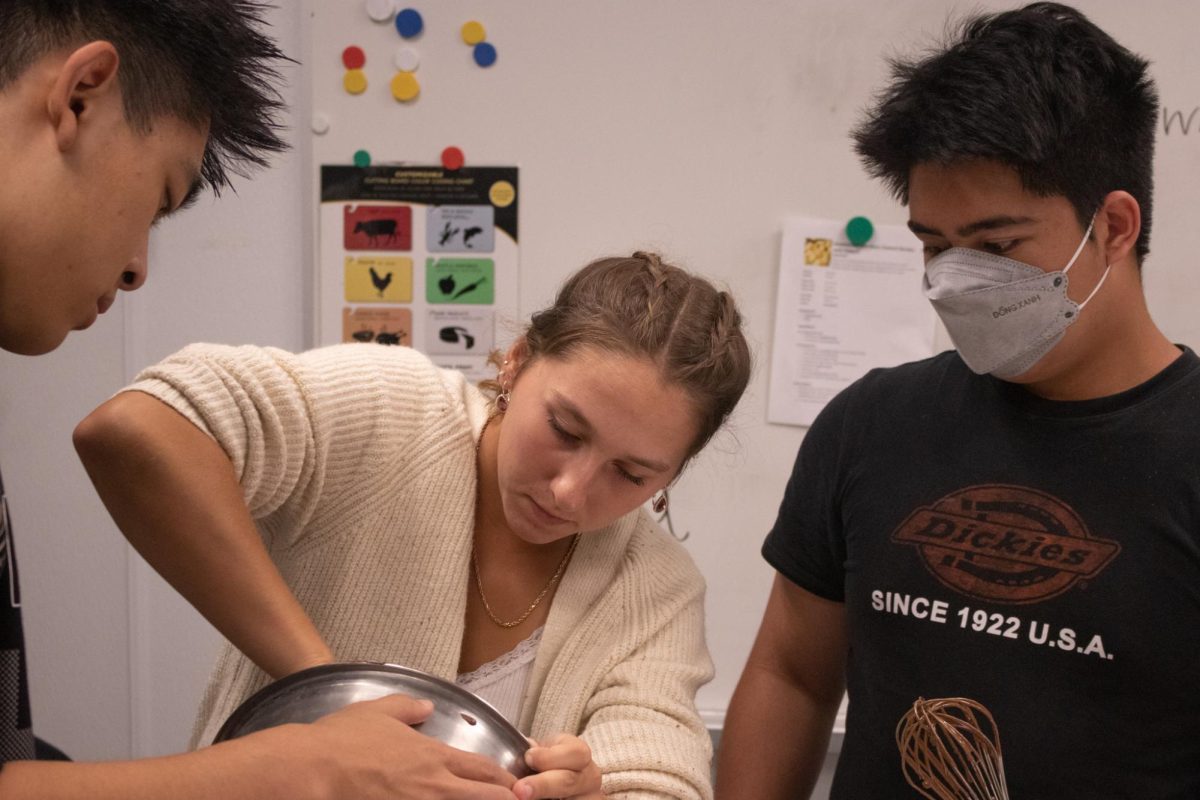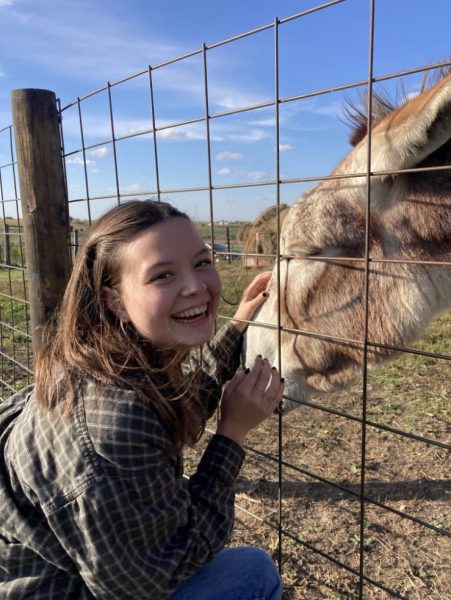First-Year Tutorial, a defining feature of Grinnell’s individually-advised curriculum for 52 years, still plays an essential role in initiating first-year students into the campus community while developing their academic skills.
Tutorial 100, a shared requirement among all first-years, was created in 1971 as part of the college’s step back from general education requirements.
According to the College’s website, the institution’s goals for the course are to help students make the transition from high school to college, forge learning communities, familiarize freshman with academic writing standards and provide undeclared students with a faculty advisor.
Structurally, Tutorial 100 offers a multi-faceted network of support to incoming students.
Todd Armstrong, a Russian professor who has taught upwards of six tutorials, said that tutorial professors are required to consult colleagues from Academic Advising, Disability Resources and the Center for Careers, Life and Service (CLS). He also said he likes to bring in additional faculty members to offer fresh perspectives to his new advisees.
“Students being presented with all of these resources up front and knowing about them and knowing how to access them and having them kind of demystified—I think that’s really, really valuable,” said Lilli Morrish `25.
Additionally, professors and students said that tutorial provides an unusual opportunity for academic creativity and the exploration of controversial subject matter. Darrius Hills, a religious studies professor embarking on his second year at Grinnell, said that the flexibility permitted in tutorial classes attracted him to working at the College.
Concerning his first tutorial, TUT 100: Manhood and Masculinity in America—a subject he noted as highly culturally contested—Hills said, “It gives me an opportunity to teach a class that I might not otherwise.” Armstrong similarly said his tutorials are at their best when he tries new things.
This sense of intellectual freedom can also provide avenues of self-exploration to some, including Michael Murray `27, who said his tutorial, TUT 100: Montaigne’s Questions, immediately excited him.
“I saw we would read Montaigne’s essay on friendship, and then an article about homosexuality. Coming from a Catholic school that is so far from anything we could discuss. So, being like in an environment where not only are you allowed to talk about that, but it’s like, encouraged, [is great],” Murray said.
Some of those who helped design this year’s tutorials said that the courses offer a unique type of academic diversity for students and faculty, and that tutorial’s ambitious pedagogical goals can distinguish certain elements of structuring the course.
Morrish worked with Associate Professor Tim Arner this summer to design his tutorial, TUT 100: Linguistic Justice, and explained the difficulty of balancing tutorial’s niche subject matter with its introductory intent, while also noting that the experience students have in tutorial can vary widely. Hills also said he kept this challenge in mind as he designed his course, “I wanted to make sure that the book I chose was very readable and that it wasn’t too heavy in terms of theory and a lot of academic jargon that may be interesting to me as a scholar, but not necessarily something that’s going to resonate with first year students.”
Despite these unique challenges, faculty and students still described tutorial as special in its capacity to involve first-year students in the creation of institutional memories and culture.
Armstrong said he treasures the celebratory moments of reconvening with his tutorial classes during their senior years.
Recounting his favorite memory of tutorial, Armstrong remembered a student approaching him after class to reflect on an assigned reading about the importance of finding a life goal. Smiling, Armstrong said: “[The student] said his aim is to live a life to remember. And I just sort of said my work here is done.”






























































